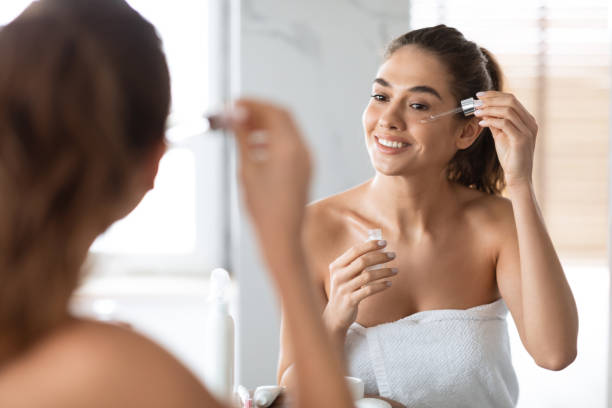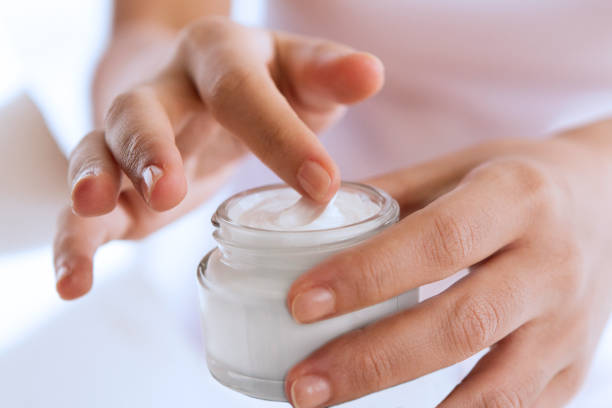When venturing into the world of skincare, it’s imperative to understand that not all products are meant to mingle. Some ingredients, when used together, can trigger adverse reactions, compromise skin integrity, or nullify each other’s benefits. The main topic of this article is to shed light on which skincare products shouldn’t be layered together and why. By the end of this reading, you’ll be equipped with the information necessary to tailor a skincare routine that isn’t just effective but also safe for your skin.
The Importance of Proper Skincare Pairings

Just as a diet rich in various nutrients is vital for your health, a balanced skincare regimen is crucial for maintaining a radiant and healthy skin barrier. However, mixing certain ingredients can lead to irritation, redness, and even long-term damage. Understanding the science behind product formulation is key to selecting skincare that works in harmony with each other.
Synergy versus Antagonism in Skincare Ingredients
The world of cosmetics is a delicate balance of chemistry and biology. When we talk about synergy in skincare, we refer to the enhanced effect of two products used in conjunction, as they complement one another. Conversely, antagonism occurs when ingredients interact negatively, often leading to irritation, reduced potency, or both. Being able to distinguish these relationships helps in crafting a skincare routine that is both safe and effective for your skin.
Common Ingredients That Should Not Be Mixed

Some ingredients are superheroes on their own but can become villains when mixed. Understanding their properties can prevent unwanted side effects. For instance, retinoids are renowned for their anti-aging properties, however, when used with certain other ingredients, they can cause excessive dryness and irritation instead of nourishing the skin.
Vitamin C is a potent antioxidant beneficial for brightening and protecting the skin from environmental damage. AHAs and BHAs are chemical exfoliants helpful in removing dead skin cells. Mixing these can lead to over-exfoliation and compromise the skin’s protective barrier, making it hypersensitive. It is wise to alternate their use rather than applying them simultaneously.
Layering Products: A Guide to Application Order
Layering skincare properly can be likened to building a house; the foundation must be solid before additional stories are added. In the context of skincare, certain products need to be applied before others to ensure they penetrate and work effectively. Understanding the specific order to apply skincare can be a game-changer for your routine.
Each skincare product has its own optimal pH level at which it functions best. When products are layered incorrectly, they can alter the skin’s pH and affect how well the next product performs. For example, if a product with a lower pH is applied after one with a higher pH, it might not be as effective or could lead to irritation.
Specific Skincare Products Combinations to Steer Clear Of
There are certain duos in the skincare realm that are notorious for causing more harm than good. Here, we will delve into the specifics of such combos, explaining the science behind why they clash, and offering guidance on how to use them safely—if at all.
Retinol and Benzoyl Peroxide – A Recipe for Irritation
Both retinol and benzoyl peroxide are giants in the acne-treatment arena. Yet, when used together, they can irritate the skin, leading to redness and peeling. If both are crucial components of your skincare routine, consider utilizing retinol at night and benzoyl peroxide during the daytime, ensuring to apply sunscreen for UV protection.
Specifically, the combinations you should avoid include:
| Skincare Product #1 | Skincare Product #2 | Reason to Avoid |
|---|---|---|
| Retinoids | Benzoyl Peroxide | Irritation and reduced effectiveness |
| Vitamin C | AHAs/BHAs | Over-exfoliation and potential irritation |
| Niacinamide | Vitamin C | Can cause flushing and reduce efficacy |
In Conclusion – Your Path to Safe and Effective Skincare
To ensure the well-being of your skin, take heed of the skincare combinations outlined above. As we’ve seen, using certain products in tandem can lead to unwanted skincare battles. By being informed of these combinations and following the advice of professionals, you can create a personalized skincare routine that delivers the benefits without the risks.
Frequently Asked Questions
-
Can I use retinol in the morning and Vitamin C at night?
Yes, separating their application by using retinol in the morning and Vitamin C at night is an acceptable practice. Always remember to apply broad-spectrum sunscreen during the day, as retinol can heighten sun sensitivity.
-
Is it safe to mix niacinamide with AHA or BHA exfoliants?
Niacinamide is compatible with both AHA and BHA exfoliants. To reduce the chance of irritation, allow some time between applications for your skin’s pH to balance itself.
-
Can I use hyaluronic acid with other skincare products?
Hyaluronic acid is incredibly versatile and is well-tolerated with most other skincare products, without adverse reactions.
-
Should sunscreen be applied last in a skincare routine?
Absolutely, sunscreen should be the final step in your morning skincare routine to ensure maximum protection without being diluted by other products.
-
What should I do if I experience a reaction from mixing incompatible skincare products?
Discontinue use of the products immediately. Utilize a simple cleanser and moisturizer and consult a dermatologist if the reaction is severe or persistent.
